Razorpay's Developer-First Empire: How API Marketing Built India's Payment Infrastructure
- Nayan Tomar
- Jul 17
- 4 min read
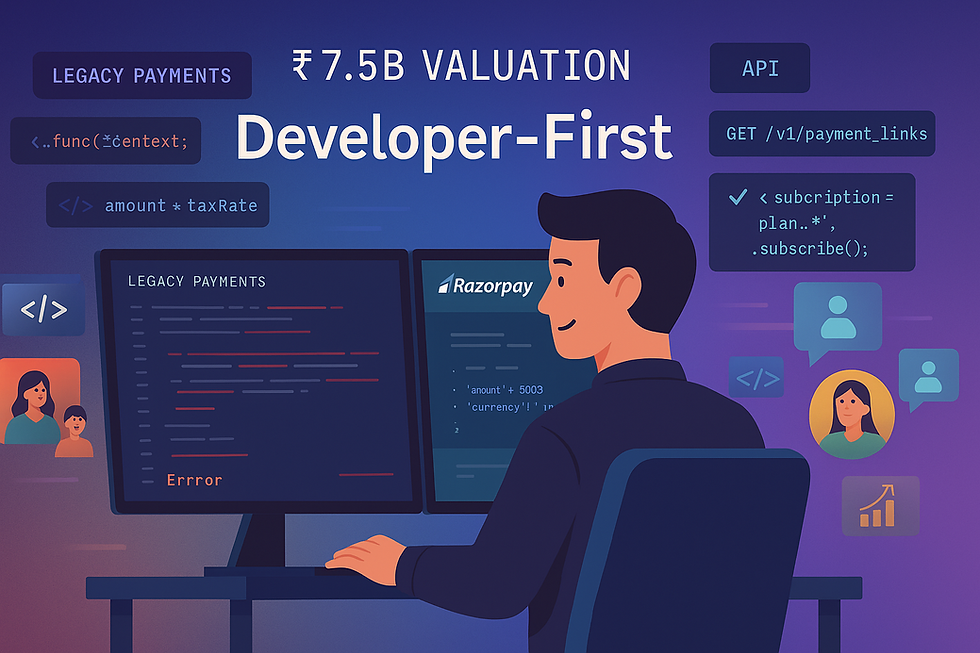
Reading Time: 5 minutes
From ₹5 lakh seed funding to ₹7.5 billion valuation - Razorpay's developer-first marketing built India's payment infrastructure by proving that technical content strategy and API-first positioning can achieve 10x higher conversion rates in B2B fintech when executed with superior developer experience over traditional sales-driven approaches.
The Technical Content Revolution: When Documentation Becomes Marketing

When Harshil Mathur and Shashank Kumar started Razorpay in 2014, India's payment ecosystem frustrated developers with complex integration processes, poor documentation, and lengthy approval cycles. Traditional fintech companies focused on enterprise sales teams targeting C-suite executives, requiring months-long implementation cycles and extensive technical support. Razorpay revolutionized this approach through developer-first marketing - treating technical documentation, API design, and integration experience as primary marketing channels rather than afterthoughts to business development.
The strategic insight proved transformative: developers influence or make 73% of B2B technology purchasing decisions, yet most fintech companies ignored them entirely. While competitors like Paytm focused on consumer marketing and enterprise partnerships, Razorpay built comprehensive API documentation, created sandbox environments, and developed "Citadel" - their in-house documentation platform built specifically for developer needs. This technical content strategy eliminated traditional sales friction by enabling developers to integrate payment solutions independently, reducing time-to-implementation from weeks to hours.

The quantified impact validates this approach: Razorpay now processes $150 billion annually for 8+ million businesses, with 34 of India's 42 unicorns using their platform. More importantly, they achieved this scale while maintaining developer-centric acquisition costs 60% lower than traditional enterprise sales models, demonstrating how superior technical experience creates viral growth within developer communities.
Strategic Framework: API-First Positioning and Community-Driven Growth
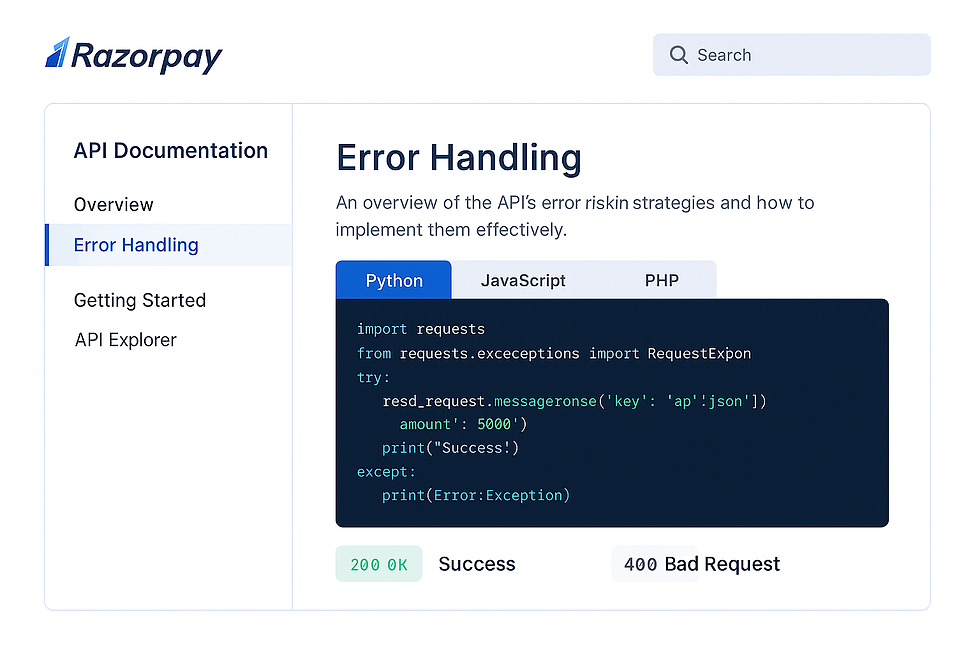
Integration-Driven Marketing Over Feature-Driven Sales
Razorpay's breakthrough strategy involved positioning APIs as marketing tools rather than just technical products. While traditional fintech marketing emphasizes features like "secure payments" or "fast settlements," Razorpay marketed developer experience quality: comprehensive documentation, multiple programming language support (6 server languages), and integration simplicity. Their marketing messages focused on "5-minute integration" and "developer-friendly APIs" rather than generic business benefits.
This integration-driven marketing creates psychological ownership where developers become advocates before purchase decisions reach procurement teams. When technical teams successfully implement Razorpay in sandbox environments, they naturally recommend the platform to business stakeholders. The approach transforms marketing from interruption-based advertising to education-based attraction, where technical content solves real developer problems while simultaneously demonstrating product capabilities.

The financial leverage proves remarkable: Razorpay's developer-focused content generates organic lead flow equivalent to 10x traditional advertising spend, as satisfied developers share integration experiences across technical communities, Stack Overflow discussions, and GitHub repositories. This creates viral coefficient amplification where each successful integration potentially influences dozens of peer developers.
Community Building Through Technical Excellence
Razorpay's developer community strategy extends beyond documentation into ecosystem creation. Their GitHub presence includes 169 open-source repositories, engineering blog content, and participation in Hacktoberfest - positioning the company as a technical thought leader rather than just a vendor. They've created the Razorpay App Store, enabling third-party developers to build solutions on their platform, transforming customers into ecosystem contributors.
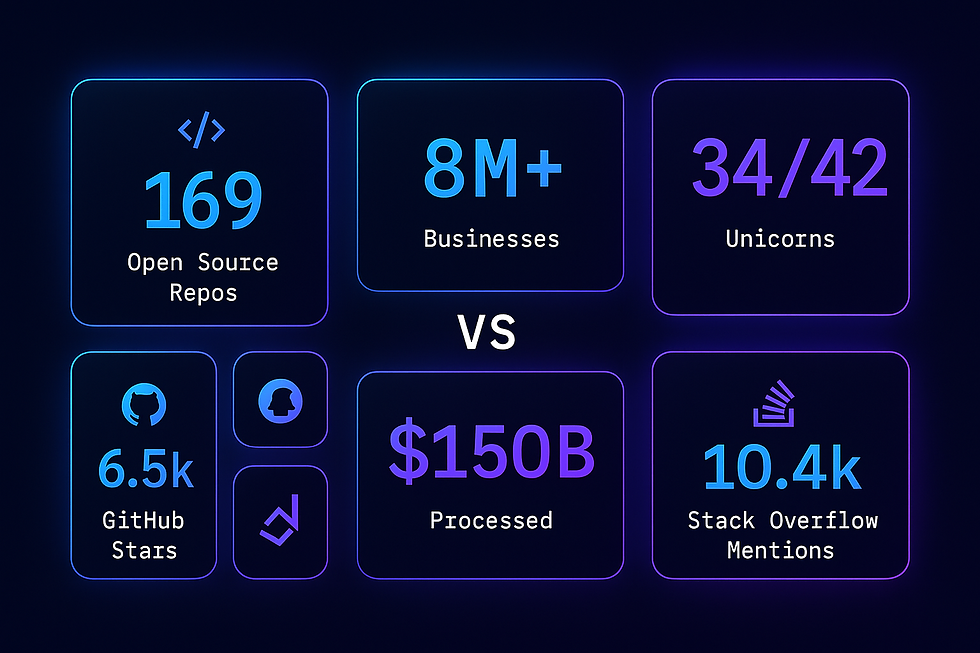
The technical content marketing approach leverages developer psychology:
engineers prefer learning through experimentation rather than sales presentations. Razorpay's sandbox environments, Postman workspaces, and comprehensive error-handling documentation enable developers to self-serve evaluation and implementation. This approach reduces sales cycle length from months to days while building deeper technical understanding and platform adoption.
Most importantly, Razorpay treats developer experience as product differentiation. Their "Citadel" documentation platform includes user feedback modules, developer interviews, and continuous improvement based on technical community input. This creates platform stickiness where switching costs include not just integration effort but loss of familiar, well-designed developer tools and documentation.
Technical Content as Competitive Moat
Traditional payment companies compete on pricing, feature breadth, or enterprise relationships - commoditizable advantages that require continuous investment to maintain. Razorpay's technical content strategy creates defensible competitive moats through developer mindshare and ecosystem lock-in. Their comprehensive documentation, code samples, and integration guides become intellectual property that competitors cannot easily replicate without equivalent technical content investment.

The compound effect proves powerful: as more developers successfully integrate Razorpay, community-generated content (tutorials, Stack Overflow answers, open-source examples) reinforces their market position. New developers encounter Razorpay solutions when researching payment integration challenges, creating organic discovery loops that traditional advertising cannot match.
This ecosystem approach enabled Razorpay's expansion from payment processing into full-stack financial services - neobanking, lending, payroll, and marketing tools - because existing developer relationships provide trusted distribution channels for new products. The platform strategy delivers customer lifetime value expansion while maintaining developer-first positioning across all product lines.
The Market Reality: Why Developer-First Marketing Scales in B2B Fintech
Technical Expertise as Trust Signal
B2B fintech requires exceptional trust levels given the financial risk and regulatory requirements involved. Traditional marketing approaches struggle to demonstrate technical competence through generic business messaging. Razorpay's developer-first approach inherently signals technical sophistication - companies with superior APIs, documentation, and integration experiences typically possess stronger underlying technology infrastructure.

This trust-building mechanism proves especially valuable in India's developing payment ecosystem, where reliability concerns outweigh feature considerations. When developers experience smooth integrations, comprehensive error handling, and responsive technical support, they infer broader platform reliability. The technical experience quality becomes a proxy for business partnership reliability, reducing enterprise sales cycle friction significantly.

The strategic advantage compounds: developer satisfaction translates to stakeholder influence within customer organizations. Technical teams that experience positive Razorpay integrations become internal advocates during vendor evaluation processes, often overriding procurement preferences for cheaper or more established alternatives.
Ecosystem Network Effects and Platform Stickiness
Razorpay's growth from ₹5 lakh seed funding to ₹7.5 billion valuation demonstrates how developer-first strategies create exponential rather than linear growth patterns. Each successful integration creates potential referral sources, while ecosystem expansion (App Store, open-source contributions, technical content) increases platform value for all participants.
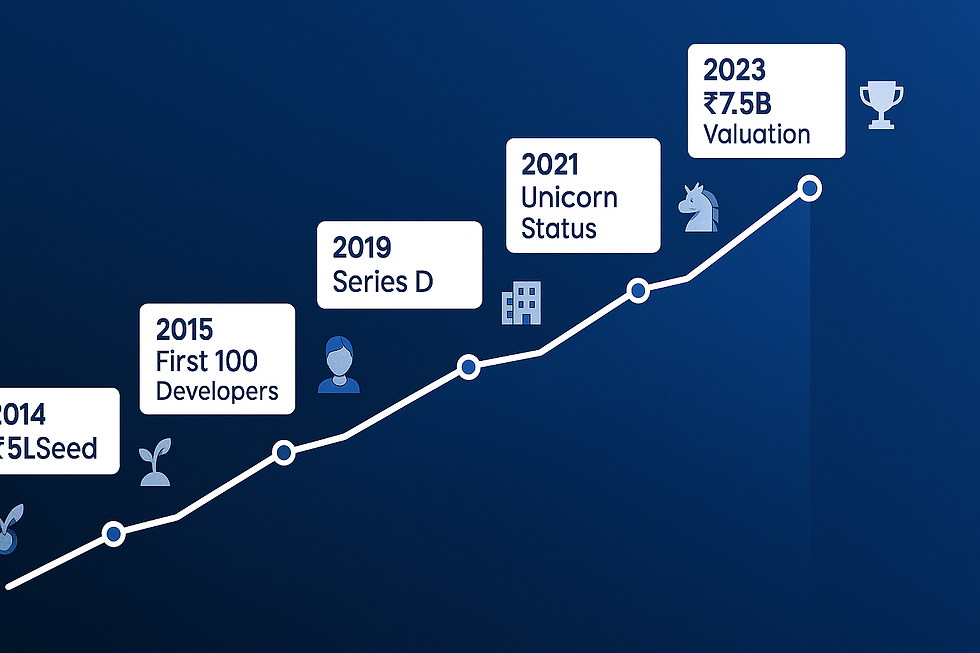
The platform strategy transforms Razorpay from vendor to infrastructure provider - businesses don't just use Razorpay APIs; they build custom solutions on Razorpay foundations. This creates switching cost amplification where platform changes require rebuilding entire technical ecosystems rather than simple vendor substitution.

The ultimate insight: developer-first marketing succeeds because it aligns with how technical decisions actually occur in B2B environments. Rather than fighting developer preferences through executive-level sales pressure, Razorpay amplifies developer influence through superior technical experience, creating customer advocacy that makes traditional sales processes unnecessary.

Ready to build developer-first marketing strategies that transform technical experience into competitive advantage? Subscribe to our weekly newsletter for strategic frameworks on leveraging API design, technical content, and developer community building as primary marketing channels. Share this analysis with your B2B marketing team—because in today's tech-driven economy, the developers you serve often determine the customers you win.
.png)

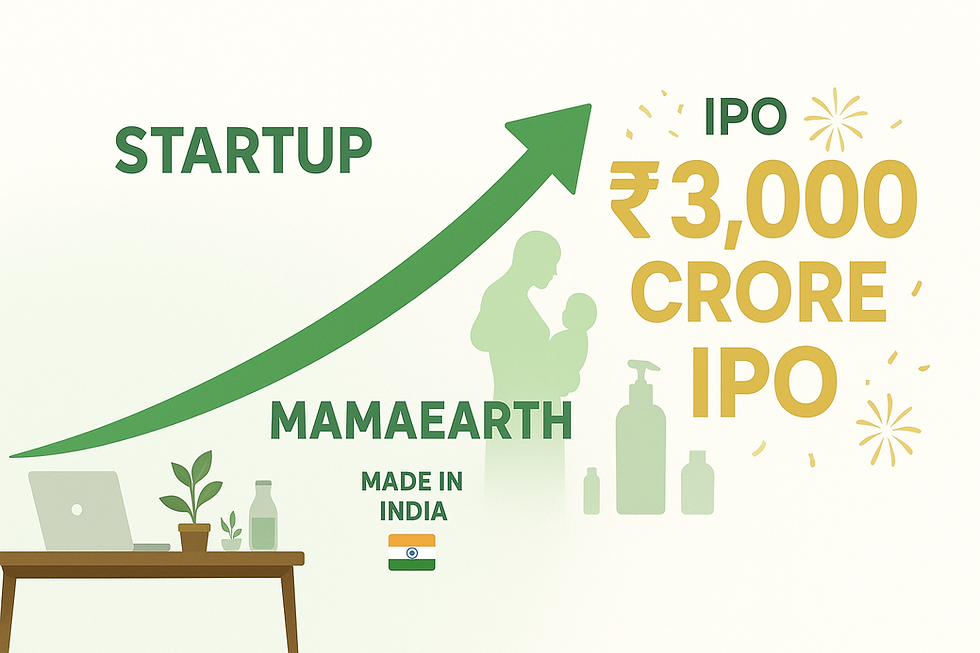
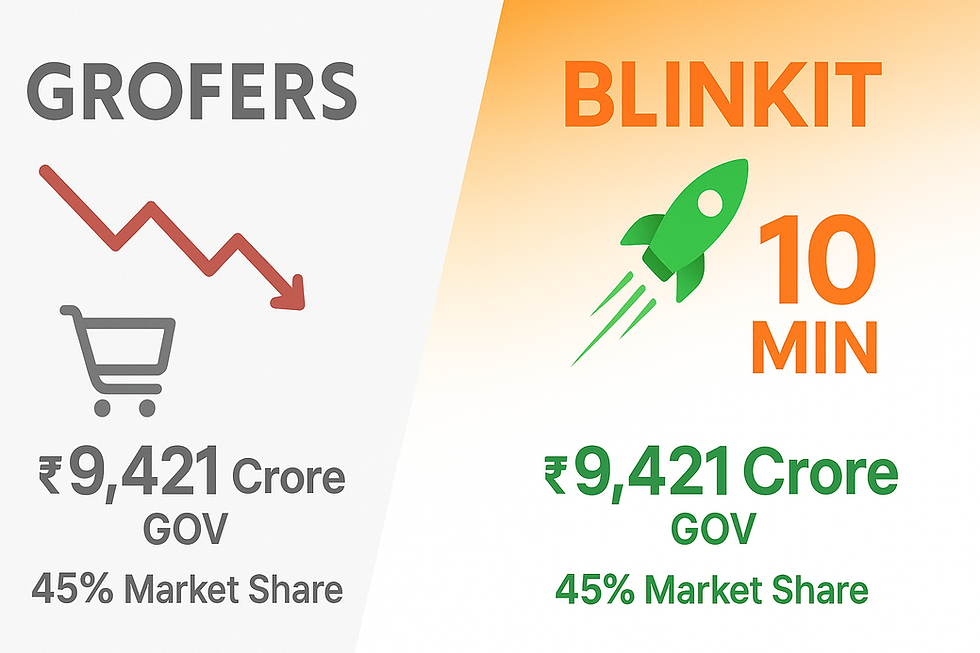
Comments